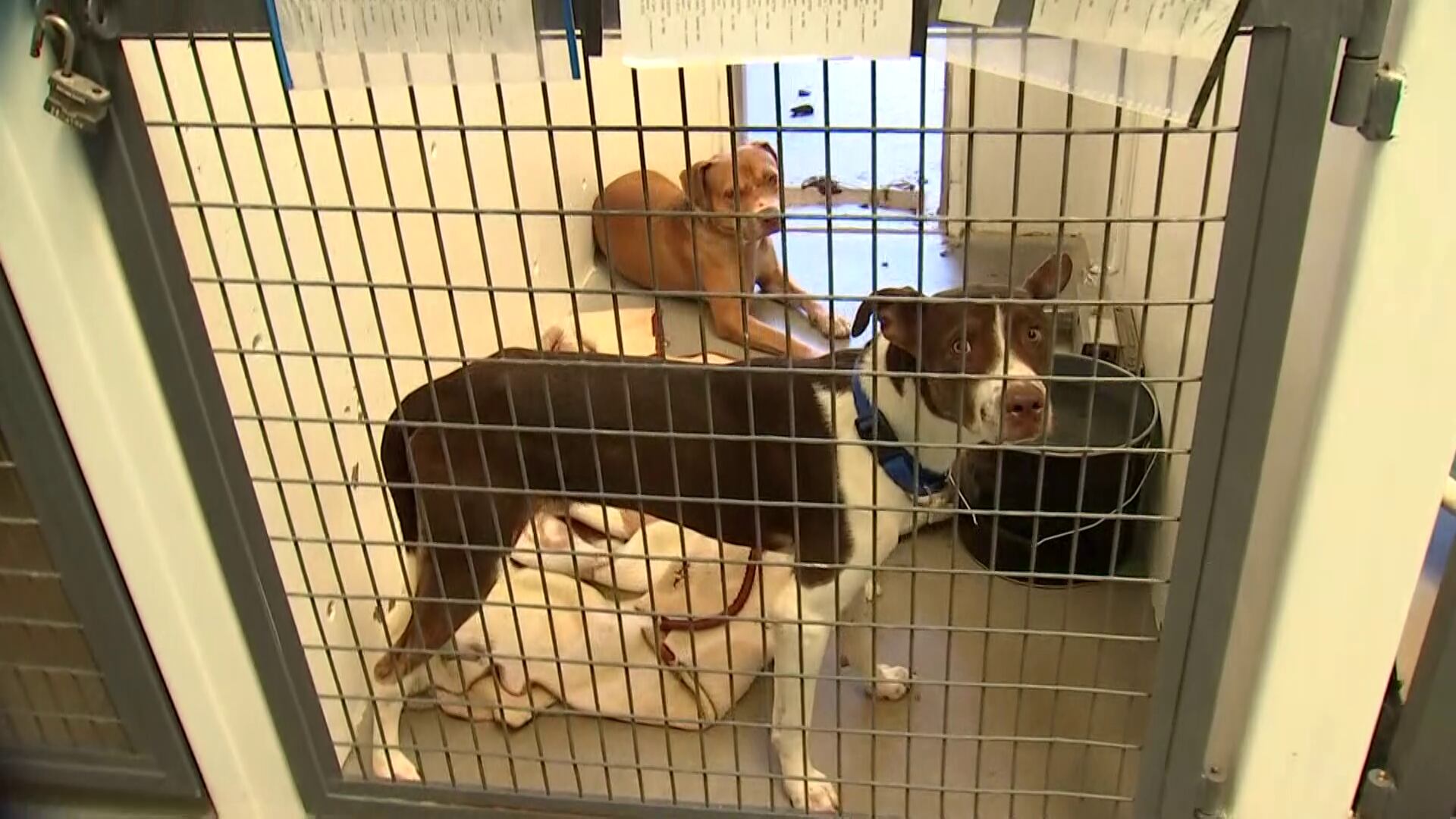Pinal County Animal Shelter Struggles with Overcrowding and Urges Community Support
Pinal County Animal Shelter is facing a critical situation as it deals with a significant increase in abandoned pets and overcrowded kennels. The shelter, which operates as a no-kill facility, is now at a point where it may have to make tough decisions to manage its resources effectively. With 149 kennels and currently housing around 360 dogs, the facility is under immense pressure.
According to Audra Michael, the director of Pinal County Animal Care & Control, several factors are contributing to this crisis. “People just can’t afford pets anymore. They are losing their housing. Their housing won’t allow certain breeds,” she explained. Since the Fourth of July, the shelter has taken in an additional 60 dogs, further straining its already limited space.
The shelter is currently housing two to four animals per kennel, but only a few kennels have a single dog. This arrangement is necessary because not all animals can coexist peacefully. Michael emphasized that the shelter must make difficult choices when it reaches such capacity levels. “We have to start making some tough decisions on which ones take too much of our resources as opposed to this one that would easily be adopted,” she said.
Dogs most at risk include those with a history of biting, those who cannot walk on a lead, and those that do not socialize well with other animals. To address this growing problem, the shelter is calling on the community for help.
Susan Gregg, a local resident, recently adopted a dog from the shelter. “I’ve been trying to do this for a while. I’m glad I finally pulled the trigger and came down and did this, but they have a great facility here,” she shared. Her experience highlights the positive impact that adoption can have on both the animals and the community.
If adoption isn’t an option right now, the shelter encourages individuals to volunteer. Volunteers play a crucial role in providing care and exercise for the animals. Lane Herridge, a volunteer, described her experience: “We’re here taking this dog out on a field trip. We’re going to take him home for the afternoon. It’s our first field trip. We’ve volunteered walking dogs.”
Fostering is another valuable way to assist the shelter. The fostering program allows individuals to temporarily house a dog until more space becomes available at the shelter. Kimberly Perez, a volunteer, shared her thoughts: “I think if they’re able to foster, do it because the dog, you know, they deserve a good loving home, and it’s really rewarding to be able to help out.”
For those interested in volunteering, there are specific requirements. Individuals must be at least 16 years old to walk or spend time with an animal. However, children can participate with a parent or guardian.
The shelter continues to rely on the support of the community to alleviate the strain on its resources. Whether through adoption, volunteering, or fostering, every contribution makes a difference in the lives of the animals. By working together, the community can help ensure that these animals receive the care and attention they need.







